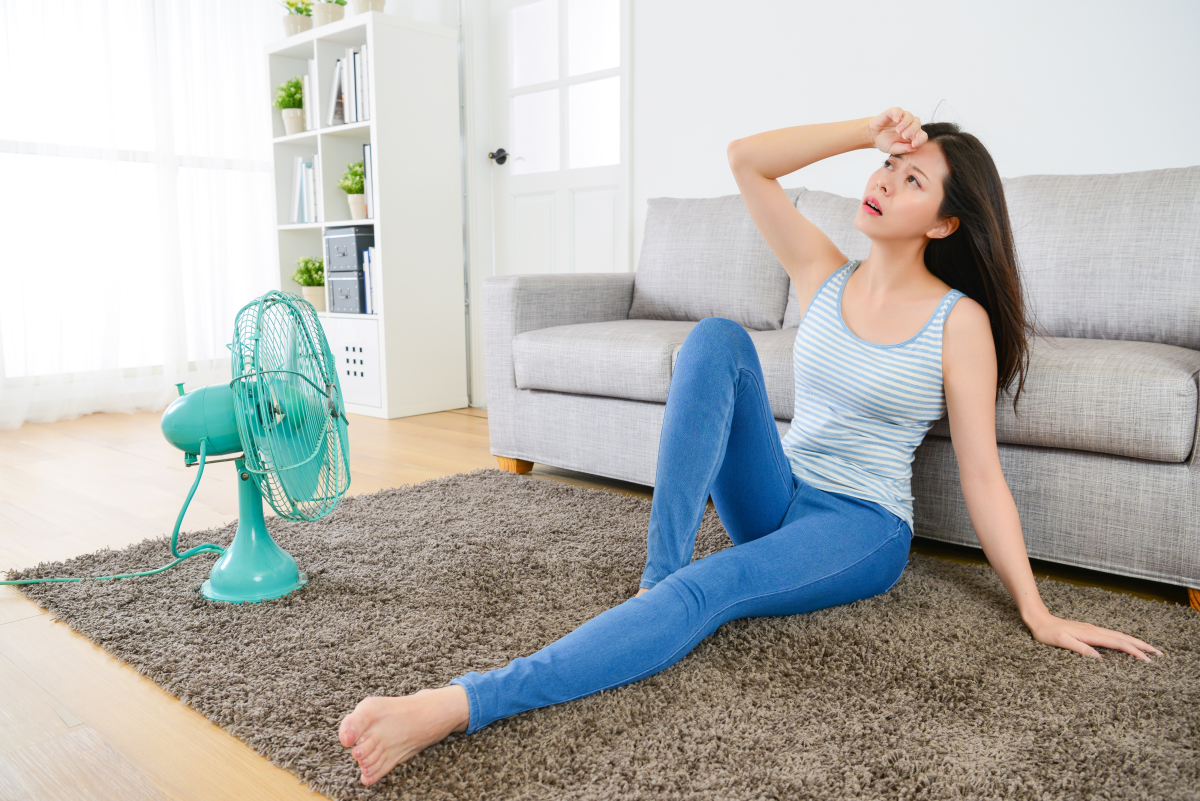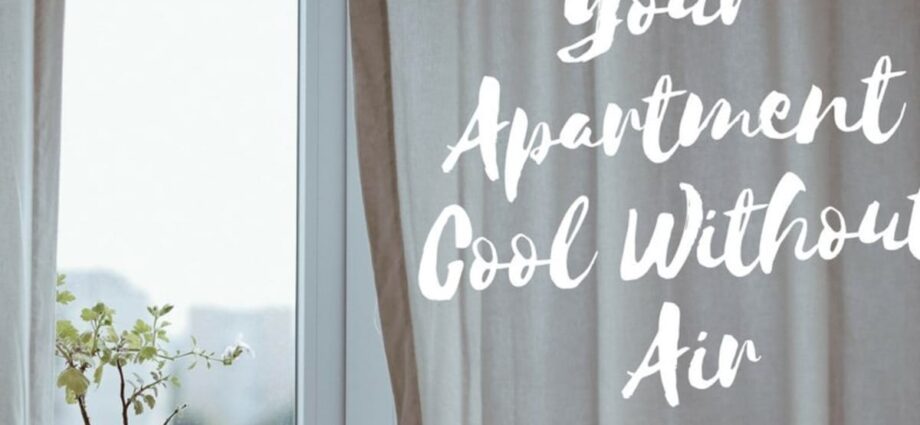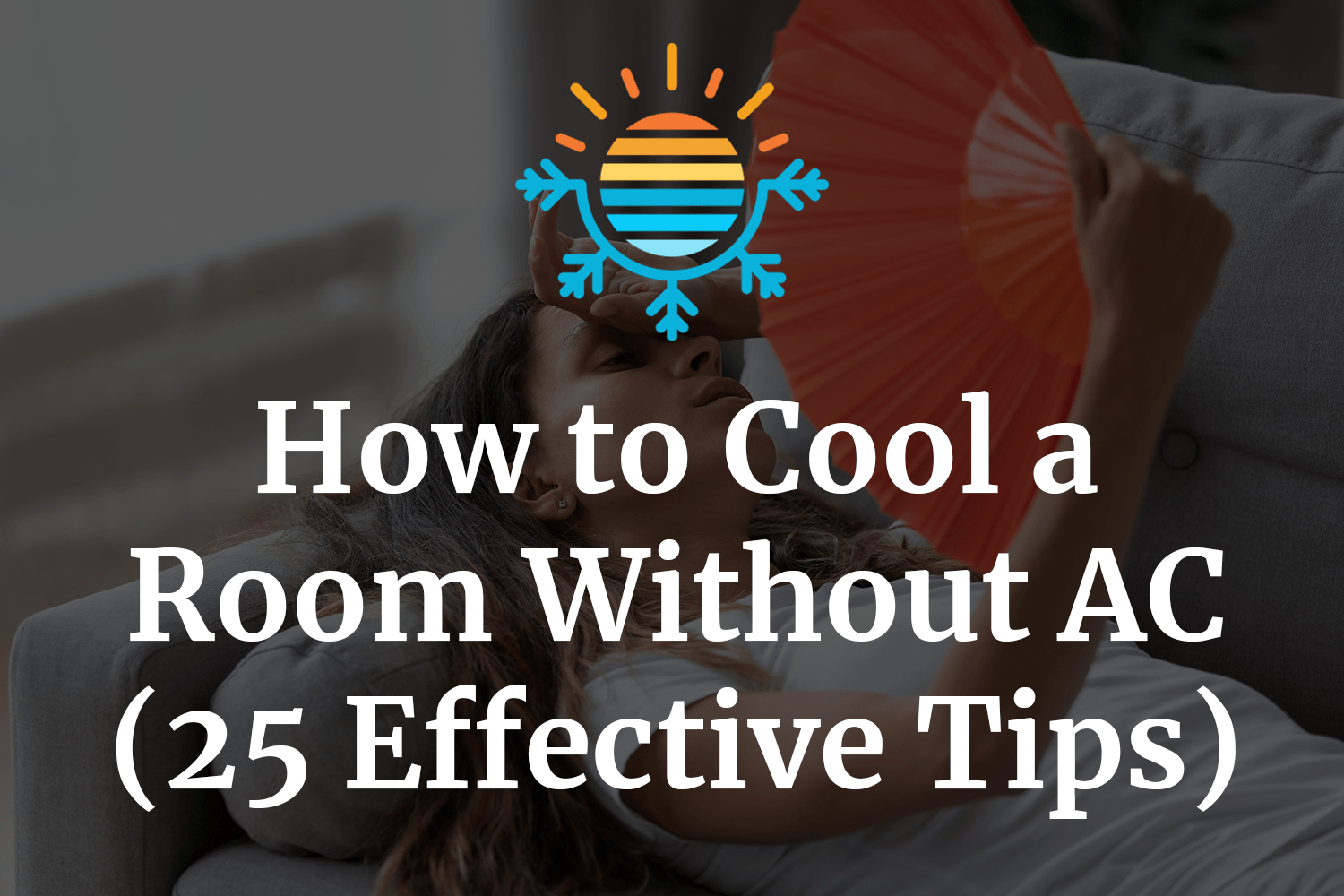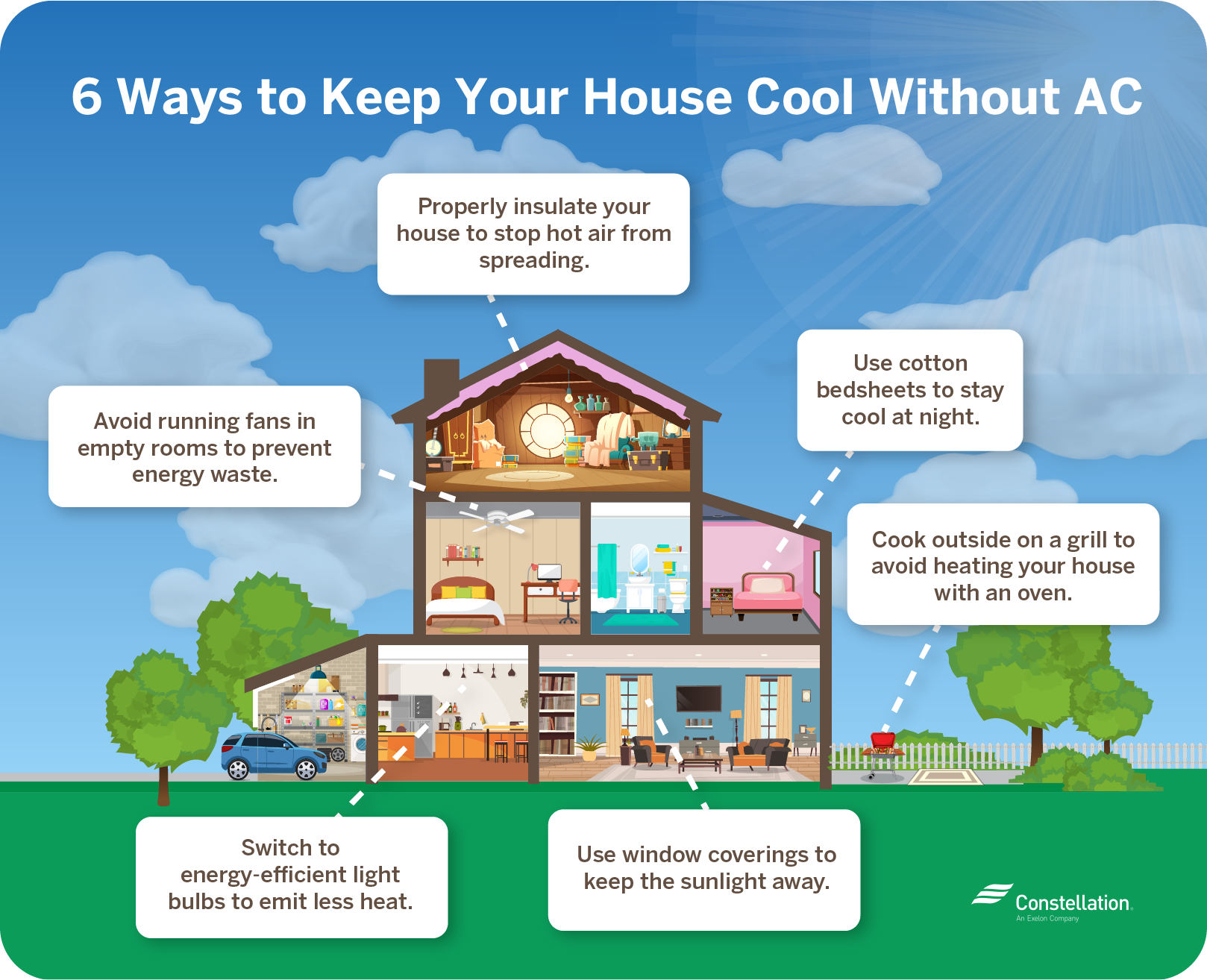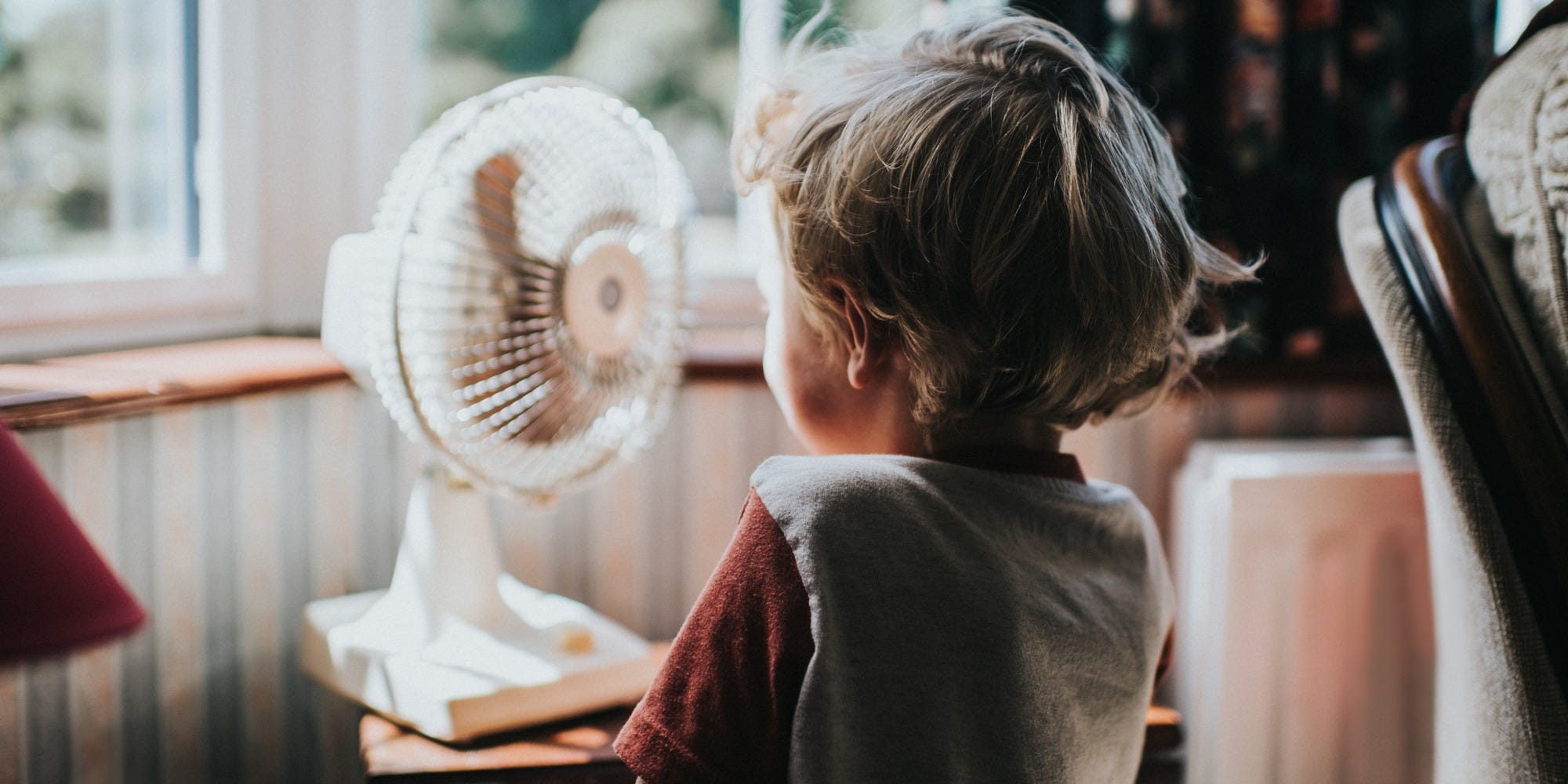How To Cool Apartment Without Ac
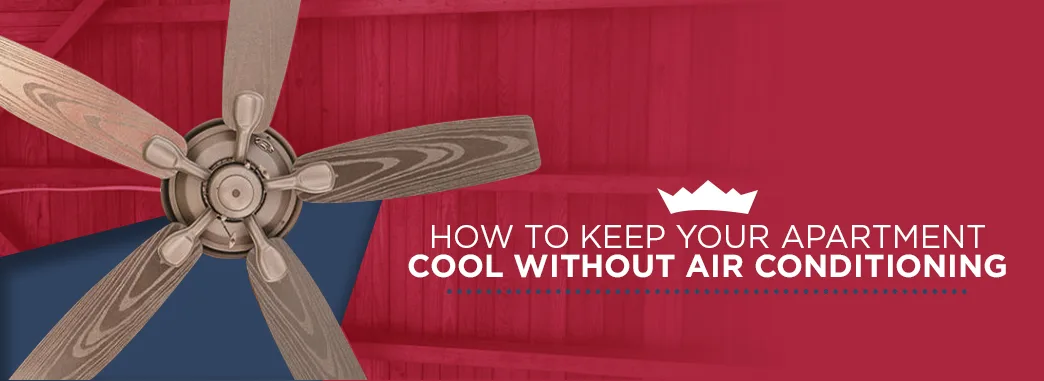
As summer temperatures soar, apartment dwellers without air conditioning face a sweltering challenge: staying cool and comfortable. High electricity bills and environmental concerns are also prompting many to seek alternative cooling methods, even for those with existing AC units.
This article explores a variety of effective strategies for keeping your apartment cool without relying solely on air conditioning. These methods range from simple lifestyle adjustments to practical DIY solutions and energy-efficient upgrades.
With a combination of these techniques, you can significantly reduce indoor temperatures and enjoy a more comfortable living space throughout the warmer months.
Understanding the Challenge
Apartments, particularly those in older buildings, can be particularly prone to overheating. They often have less insulation and are exposed to direct sunlight, which contribute to trapped heat.
The key is to minimize heat gain and maximize heat dissipation. By implementing a multi-pronged approach, you can combat the summer heat effectively.
Blocking the Heat
The first line of defense is preventing heat from entering your apartment in the first place. Windows are a primary source of heat gain.
Window Treatments
Investing in good quality window treatments is crucial. Blackout curtains are highly effective at blocking sunlight and preventing heat from radiating into the room.
Consider using reflective window film, which can bounce sunlight away from the glass. These films are available in various tints and can be applied easily.
Blinds and shades also offer some degree of heat control, especially when closed during the hottest parts of the day.
Strategic Shading
If possible, use awnings or plant trees to shade your windows from the outside. This can significantly reduce the amount of direct sunlight hitting your apartment.
Even hanging a light-colored sheet outside your window can help deflect sunlight and cool down the room.
Maximizing Airflow
Proper ventilation is essential for circulating air and removing trapped heat. Even a slight breeze can make a significant difference.
Fans: A Must-Have
Strategically placed fans can create a cooling breeze. Use ceiling fans to circulate air throughout the room, ensuring they are rotating in the correct direction (counter-clockwise in the summer).
Box fans placed in windows, facing outwards, can exhaust hot air from the apartment. When the outside air is cooler than the inside air, reversing the fan direction can draw in cooler air.
Combine fans with other cooling methods, such as evaporative cooling, for enhanced effectiveness.
Cross-Ventilation
Open windows on opposite sides of the apartment to create cross-ventilation. This allows air to flow freely through the space, creating a natural breeze.
Make sure to open windows during cooler hours, such as early morning and late evening, to bring in fresh, cooler air.
Harnessing the Power of Evaporation
Evaporation is a natural cooling process. You can utilize this principle to lower the temperature in your apartment.
DIY Evaporative Cooler
A simple DIY evaporative cooler can be made using a fan, a bowl of ice water, and a damp cloth. Place the damp cloth in front of the fan, with the bowl of ice water behind it.
As the fan blows air across the damp cloth, the water evaporates, cooling the air. Replenish the ice water and dampen the cloth as needed.
Damp Cloths and Misting
Hanging damp sheets or towels in front of windows can also help cool the air as the water evaporates. Regularly misting yourself with water can provide immediate relief from the heat.
Consider taking cool showers or baths throughout the day to lower your body temperature.
Lifestyle Adjustments
Making a few simple changes to your daily routine can also help you stay cool. These adjustments focus on reducing heat generation within your apartment.
Limit Heat-Generating Activities
Avoid using the oven or stove during the hottest part of the day. Opt for no-cook meals or use a microwave or toaster oven instead.
Unplug electronic devices when not in use, as they generate heat even when idle. Replace incandescent light bulbs with energy-efficient LEDs, which produce less heat.
Avoid running appliances like the dryer or dishwasher during the hottest hours. Do laundry and dishes in the evening or early morning.
Hydration and Cooling Foods
Stay hydrated by drinking plenty of water throughout the day. Avoid sugary drinks, which can dehydrate you.
Eat cooling foods like fruits and vegetables with high water content, such as watermelon, cucumber, and lettuce.
Strategic Timing
Plan outdoor activities for the cooler parts of the day. Visit air-conditioned spaces like libraries, shopping malls, or movie theaters during peak heat hours.
Long-Term Solutions and Upgrades
While the above strategies provide immediate relief, consider implementing long-term solutions for sustained cooling.
Insulation and Weatherstripping
Improving insulation and weatherstripping can significantly reduce heat transfer. Seal any cracks or gaps around windows and doors with caulk or weatherstripping.
Consider asking your landlord about upgrading insulation in your apartment.
Energy-Efficient Appliances
When replacing appliances, choose energy-efficient models with the Energy Star label. These appliances use less energy and generate less heat.
The Human Element
For Jane Doe, a senior citizen living in a rent-controlled apartment in New York City, these methods are not just about comfort; they're about health and well-being. "I can't afford to run an air conditioner all day," she explains. "These simple tricks help me stay cool and safe."
Communities are also stepping up, with local organizations offering cooling centers and distributing fans to vulnerable populations. This support is crucial in helping those without air conditioning cope with extreme heat.
Conclusion
Staying cool in an apartment without air conditioning requires a proactive and multi-faceted approach. By combining strategies such as blocking heat, maximizing airflow, utilizing evaporative cooling, and making lifestyle adjustments, you can create a more comfortable living environment.
Remember to prioritize hydration and monitor your health during periods of extreme heat. Stay informed about local cooling centers and support resources available in your community.
Taking control of your indoor environment, even without AC, is possible with knowledge and effort.

